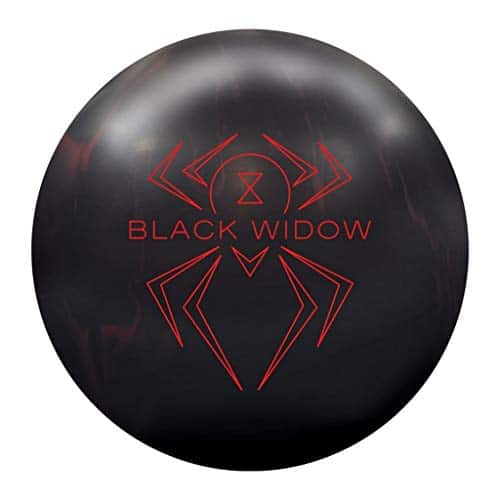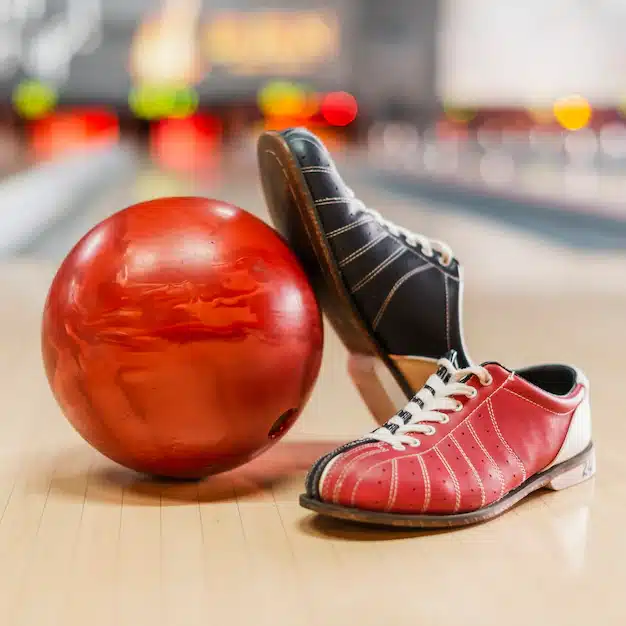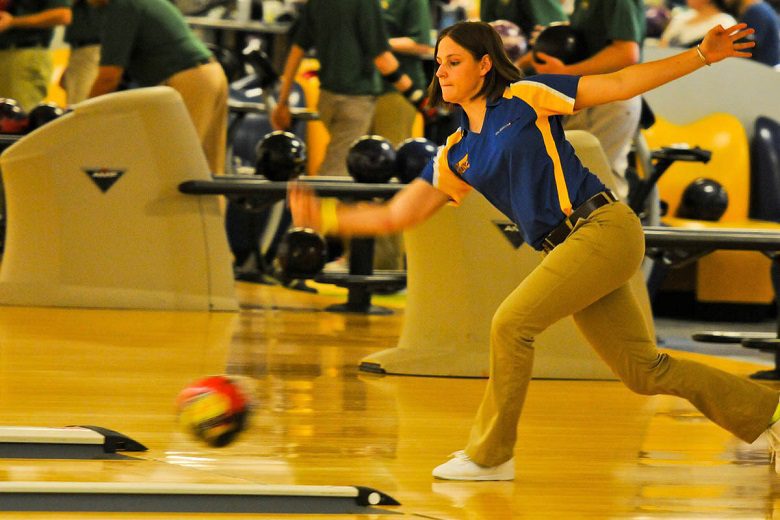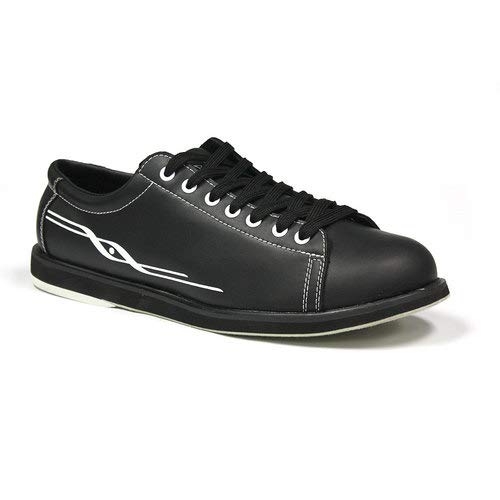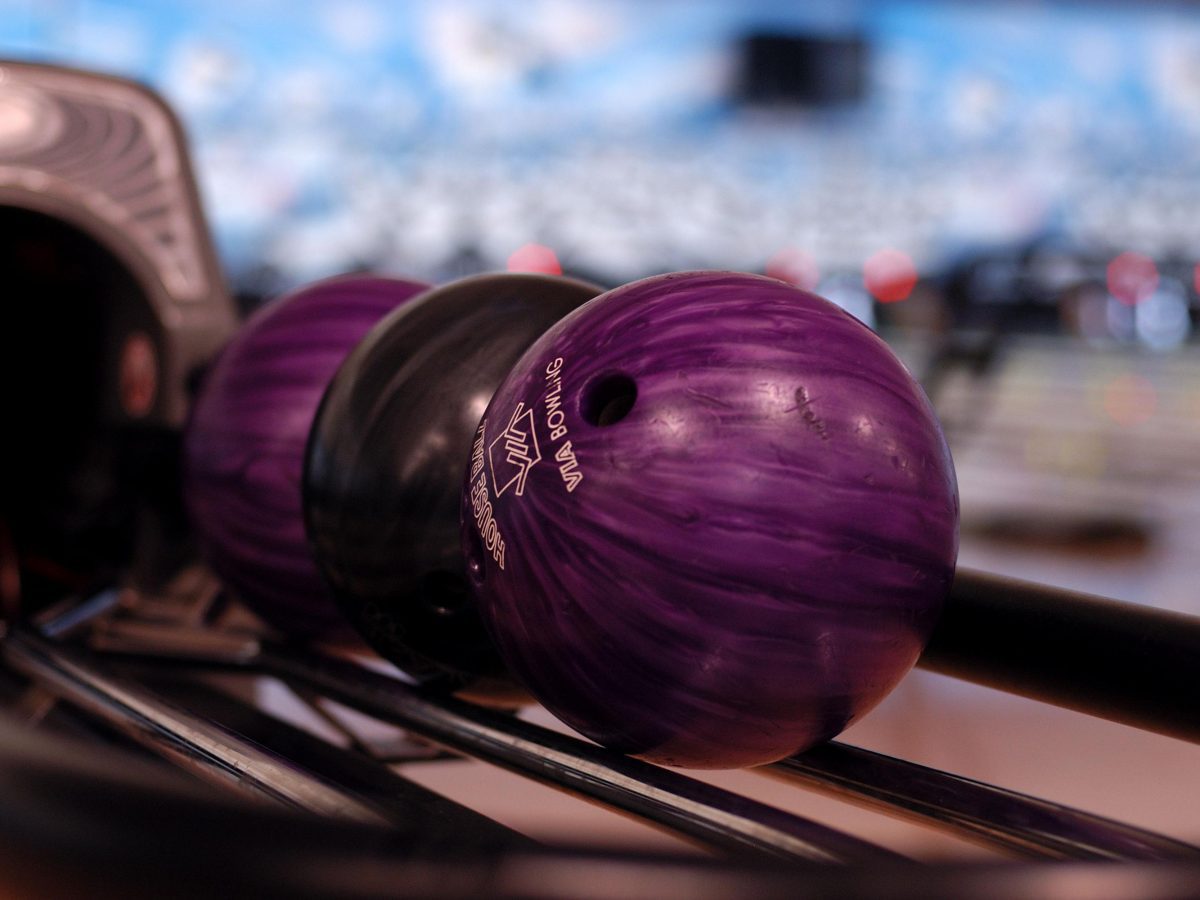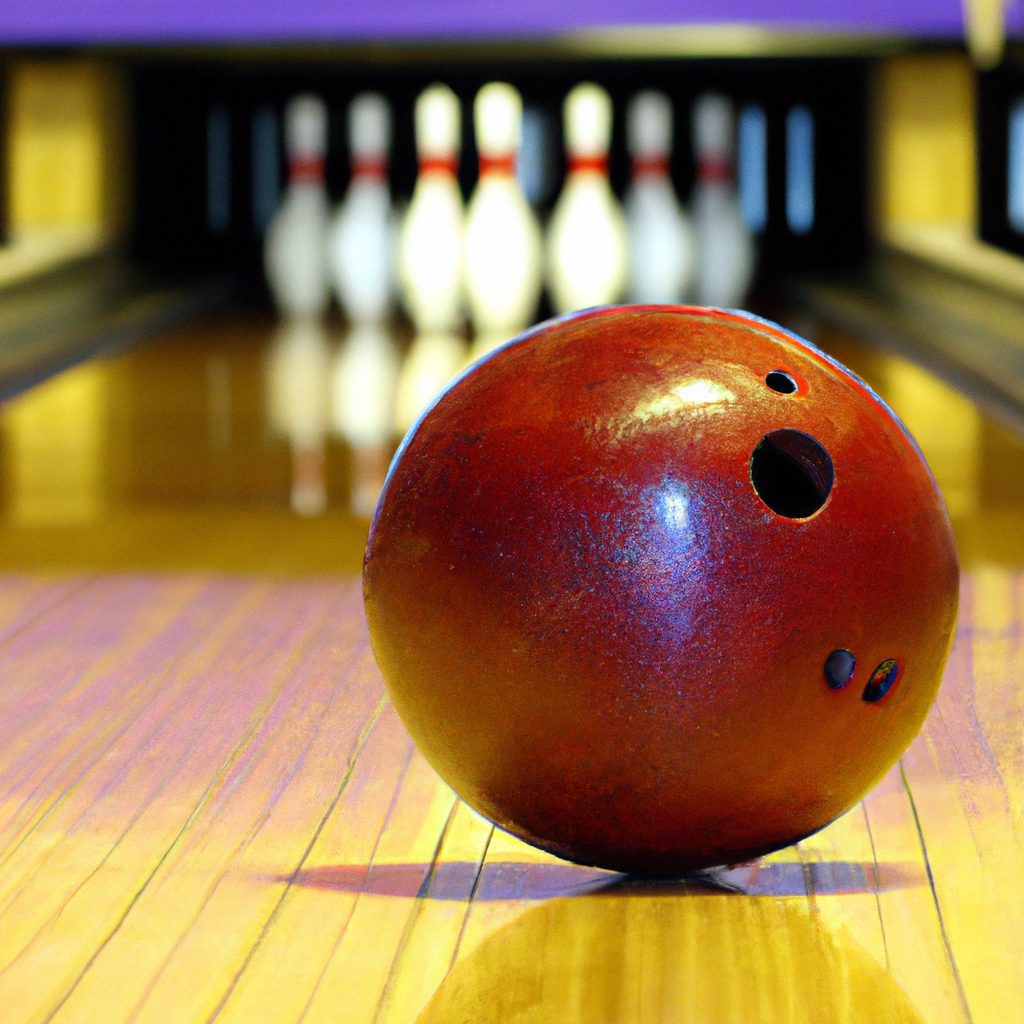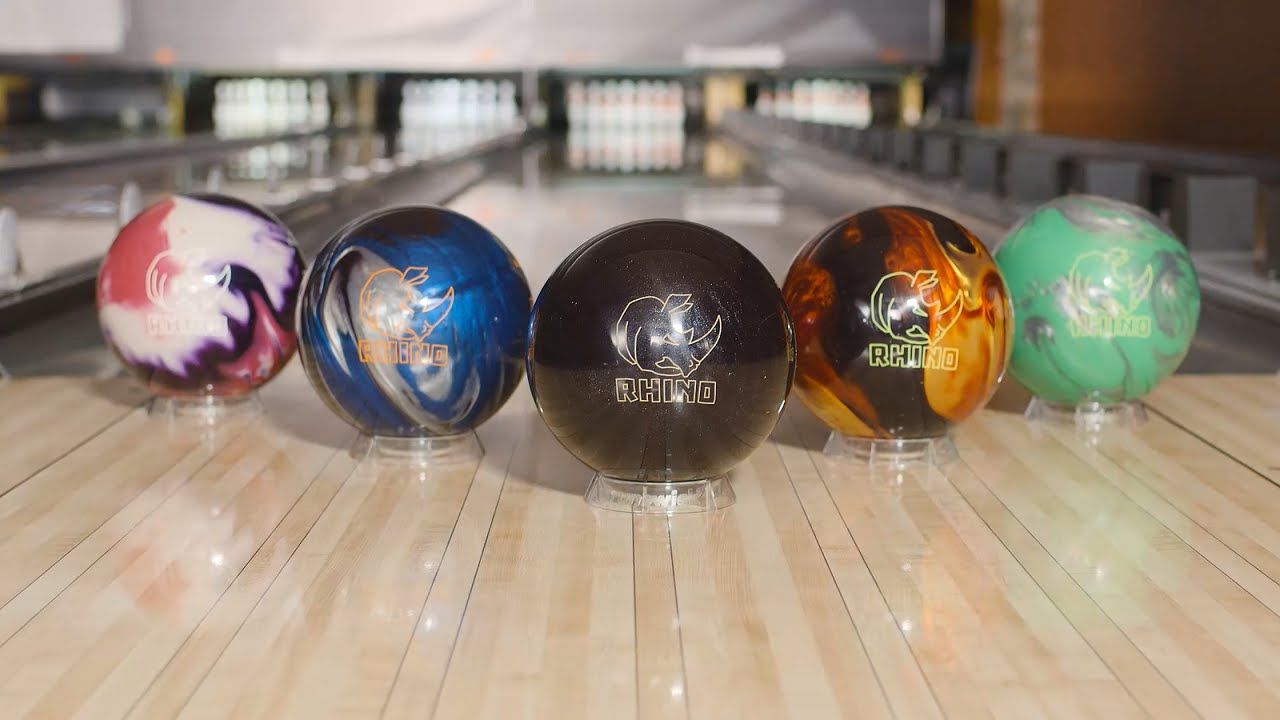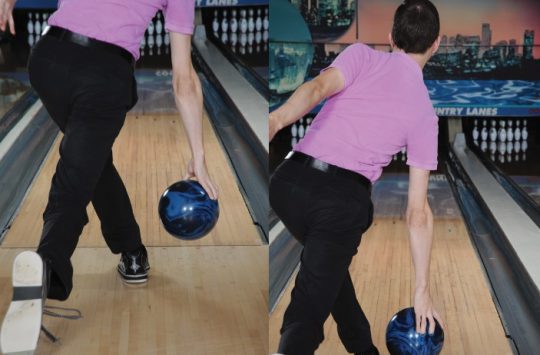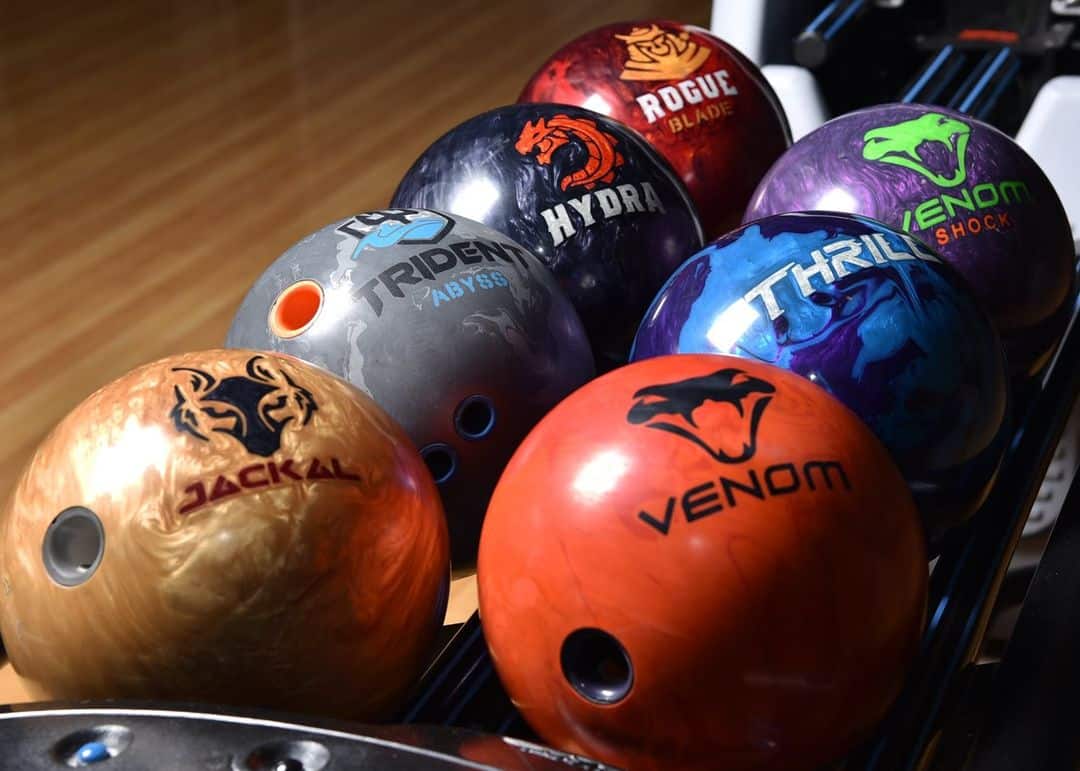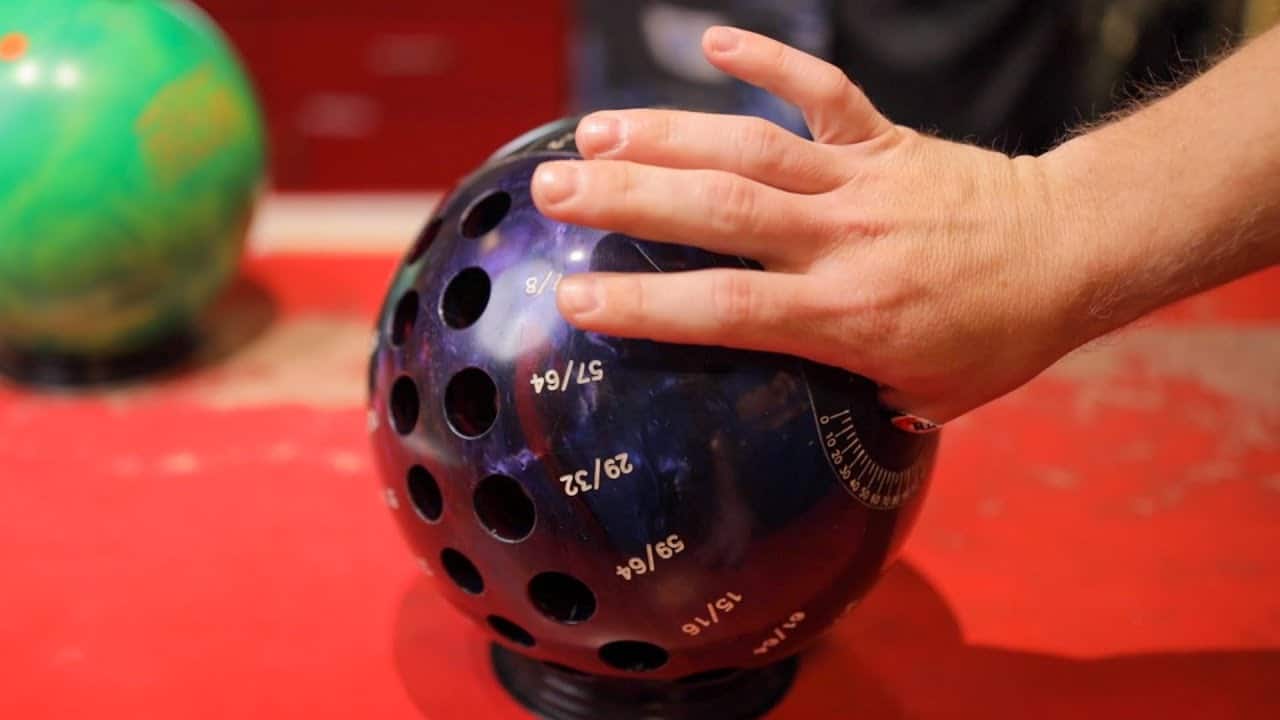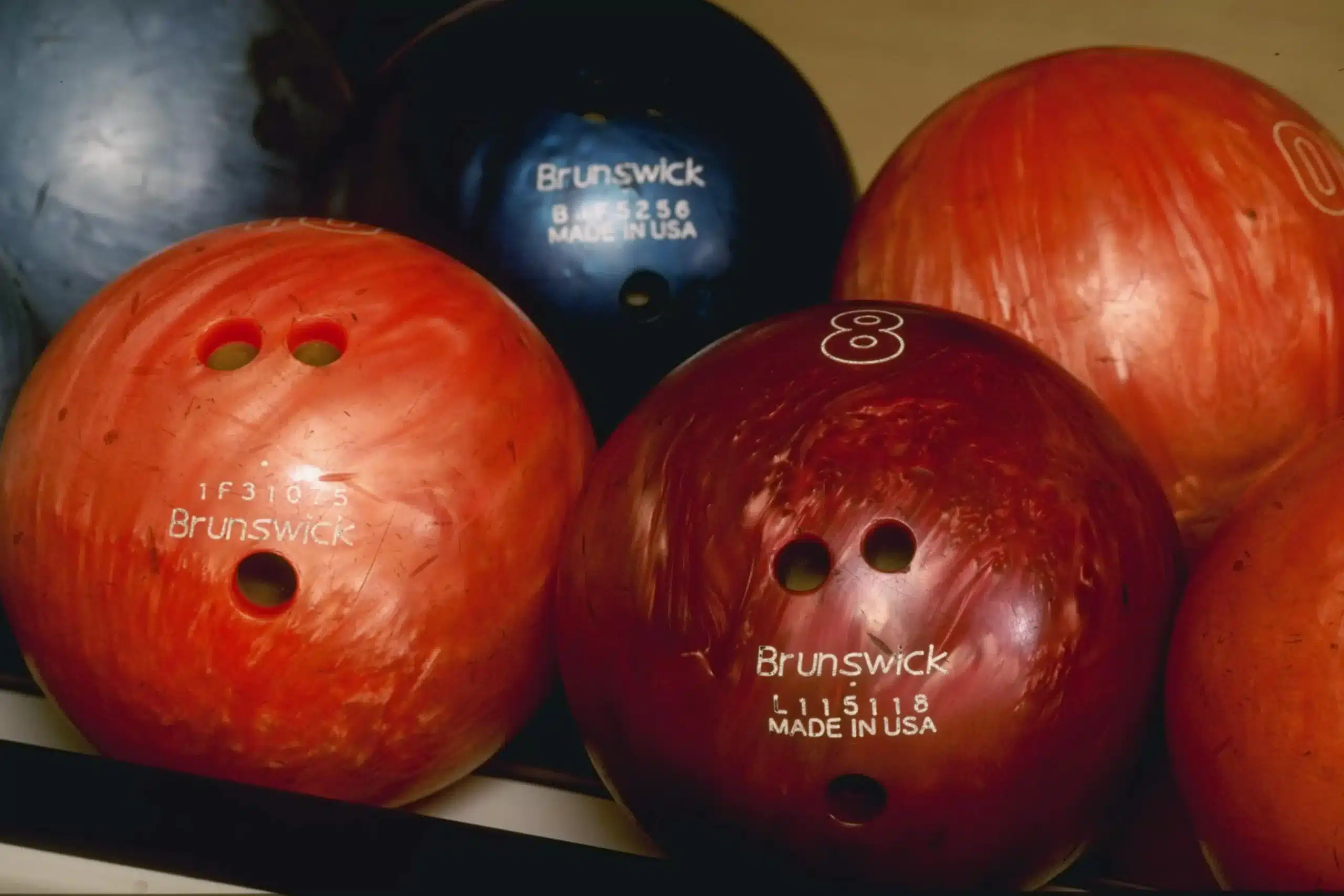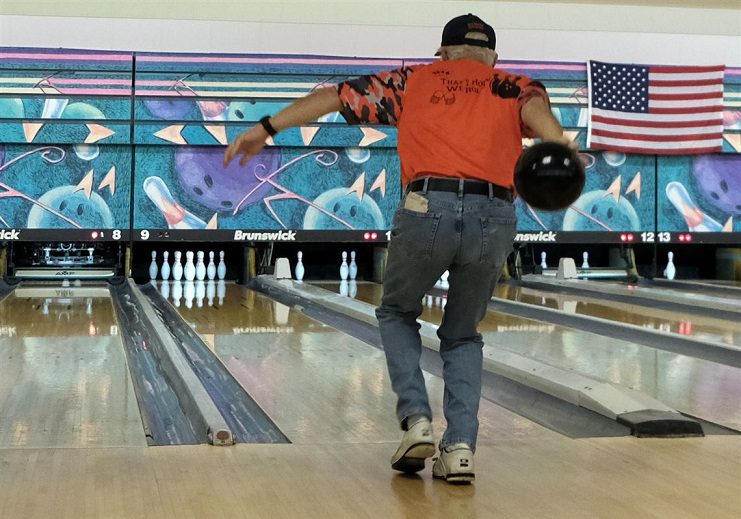Bowling enthusiasts know the joy of a perfectly slick and flawless bowling ball. However, its performance might degrade over time due to regular wear and tear. So, how can you bring back the glory of your beloved bowling ball without leaving the comfort of your home? In this article, we’ll reveal simple yet effective methods to rejuvenate your bowling ball and ensure it rolls again with power and precision. Reclaim the reliability of your bowling ball, and get ready to strike those pins with confidence!
Review contents
Understanding the Need for Rejuvenation
Bowling balls are an essential tool for any bowler, and like any other piece of equipment, they require regular maintenance and care. Over time, lane oil build-up, dirt, and grime can affect the performance and durability of a bowling ball. To maintain its optimal performance and extend its lifespan, it is essential to rejuvenate the bowling ball periodically.
Effects of Lane Oil on Bowling Balls
Lane oil is a substance that is applied to the bowling lanes to enhance the ball’s movement and control. While it may benefit the ball during a game, it can also seep into the porous outer shell of the ball and create a layer of oil build-up. This build-up can reduce the ball’s friction with the lane, decreasing hook potential and overall performance. Rejuvenating the bowling ball helps to remove this excess oil and restore its intended reaction on the lane.
Signs of a Bowling Ball in Need of Rejuvenation
Several signs indicate a bowling ball needs rejuvenation. Firstly, if the ball no longer hooks or reacts as sharply as it used to, it may be due to the accumulation of oil and debris on its surface. Additionally, a bowling ball that feels sticky or tacky to the touch signifies the presence of lane oil and dirt. Lastly, a decrease in overall pin carry or pin action suggests that the ball’s performance has been compromised. By recognizing these signs, you can take the necessary steps to rejuvenate your ball and restore its optimal performance.
Benefits of Rejuvenating a Bowling Ball
Rejuvenating a bowling ball provides numerous benefits that improve performance and longevity. Firstly, by removing the oil build-up, the surface friction of the ball is restored, resulting in increased hook potential and better lane traction. This enhanced grip on the lane translates to improved pin carry, allowing for higher scores and more consistent gameplay. Additionally, rejuvenation helps prolong the ball’s lifespan by preventing irreversible damage caused by neglect and excessive use. By regularly rejuvenating your bowling ball, you can ensure it continues performing at its best and serving you well for years.
Cleaning and Maintenance
Proper cleaning and maintenance are crucial aspects of caring for a bowling ball. You can effectively remove dirt, grime, and lane oil by following a few simple steps.
Gathering the Necessary Supplies
Before cleaning your bowling ball, it is essential to gather the necessary supplies. This typically includes a microfiber towel, a cleaning solution designed explicitly for bowling balls, such as a bowling ball cleaner or mild dish soap, and a bucket of warm water.
Cleaning the Bowling Ball
To clean the bowling ball, fill the bucket with warm water. Add a small amount of the cleaning solution or mild dish soap to the water and mix it well. Place the ball into the bucket and let it soak for a few minutes to loosen any dirt or debris.
Removing Dirt and Grime
After soaking, take the microfiber towel and gently scrub the ball’s surface to remove dirt and grime. Pay special attention to any areas with stubborn stains or sticky residue. Be mindful not to apply excessive pressure, which can damage the ball’s surface.
Drying the Bowling Ball
Once the ball is clean, thoroughly dry it with a separate microfiber towel. It is essential to remove all moisture from the ball to prevent mold or mildew growth. Additionally, a dry ball is easier to grip and ensures consistent performance on the lanes.
Removing Oil Build-Up
Bowlers face oil build-up, a common issuee, as lane oil can penetrate the ball’s surface and hinder its performance. To effectively remove this build-up, a process called oil extraction is necessary.
Using an Oil Extraction Kit
Oil extraction kits are readily available and provide a simple and effective method to remove oil from the bowling ball. These kits typically consist of a cleaner or degreaser specifically designed to break down the oil and a microfiber towel or brush for application.
Applying Heat to the Bowling Ball
Before using the oil extraction kit, applying heat to the bowling ball can help open up its surface pores and facilitate oil removal. This can be done using a towel warmed in the microwave or a specialized ball-heating device. Care should be taken to avoid overheating, as excessive heat can damage the ball.
Performing the Oil Extraction Process
Once the ball has been heated, follow the instructions provided with the oil extraction kit to apply the cleaner or degreaser. Gently massage the cleaner into the ball’s surface, particularly in areas with heavy oil build-up. After a suitable amount of time, typically a few minutes, wipe away the cleaner and oil residue using a microfiber towel or brush. Repeat the process if necessary until the desired results are achieved.
Resurfacing the Bowling Ball
Over time, the surface of a bowling ball can become worn or damaged, affecting its performance. Resurfacing the ball helps to restore its original texture and consistency, ensuring optimal hook potential and ball reaction.
Determining the Appropriate Grit
Before resurfacing the bowling ball, it is essential to determine the appropriate grit for the desired outcome. Lower grits, such as 500 or 1000, are ideal for removing heavy scratches or altering the ball’s surface texture. Higher grits, such as 2000 or 4000, are suitable for fine-tuning and polishing the ball.
Sanding the Bowling Ball
To begin the resurfacing process, wrap a sandpaper of the desired grit around a sanding block or your hand. Apply gentle pressure and move the sandpaper circularly to sand the ball’s surface. Please pay attention to any deep scratches or imperfections, ensuring they are smooth. Continue sanding until the desired surface texture is achieved.
Using a Ball Spinner
Using a ball spinner is highly recommended for a more professional and consistent resurfacing job. Ball spinners are specialized machines that rotate the ball while sanding, allowing for precise control and an even surface. They are available for both personal use and at bowling pro shops.
Buffing and Polishing the Bowling Ball
After sanding, giving the ball a final polish is essential to ensure a smooth and glossy finish. Ball polishes are designed to reduce friction and restore the ball’s shine. Apply a small amount of the polish to a clean microfiber towel and gently rub it onto the ball’s surface in a circular motion. Continue buffing until the ball is evenly polished and free of any residue. This final step enhances the ball’s reaction to the lane and maximizes its overall performance.
Dealing with Deep Scratches or Cracks
A bowling ball may occasionally sustain deep scratches or cracks due to heavy use or accidents. It is essential to evaluate the severity of the damage and take appropriate steps to repair the ball.
Evaluating the Severity of Damage
Before attempting to repair deep scratches or cracks, it is essential to evaluate the severity of the damage. Superficial scratches or scuffs can often be buffed out during the resurfacing process. However, deep scratches that penetrate the surface layer require additional attention, as do cracks that compromise the structural integrity of the ball.
Repairing Minor Scratches
To repair minor scratches, apply a small amount of ball polish to the affected area and rub it gently with a microfiber towel. This can help minimize the scratch’s appearance and restore the ball’s surface smoothness. A scratch remover specifically formulated for bowling balls can formulated explicitly for scratches. Follow the instructions provided with the scratch remover, and be sure to test it on a small, inconspicuous area of the ball before applying it to the scratch.
Filling Cracks with Epoxy
If your bowling ball has a crack, it is best to consult a professional for repair. However, if the crack is minor and you feel comfortable repairing it yourself, epoxy can fill it. Clean the crack thoroughly and apply a small amount of epoxy using a toothpick or small brush. Allow the epoxy to cure according to the manufacturer’s instructions before sanding and polishing the repaired area.
Sanding and Polishing the Repaired Area
Once the epoxy has cured, sand the repaired area using fine-grit sandpaper until flush with the surrounding surface. Take care not to over-sand or damage the ball further. After sanding, polish the repaired area using a bald microfiber towel, following the techniques described earlier. This will blend the repaired area with the rest of the ball’s surface, providing a seamless finish.
Enhancing Ball Performance and Reaction
To further optimize a bowling ball’s performancApplying a bowling ball polish is essential toand reaction on the lane, applying a bowling ball polish is essential.
Ish is a specialized product designed to increase the ball’s skid length and backend reaction. It provides a protective layer on the ball’s surface, reducing friction and allowing for a more controllable hook motion.
Choosing the Right Polish for the Ball
There are various types of bowling ball polish, Offering different levels of share ine and reaction. Choosing a polish compatible with the ball’s surface material and desired performance characteristics is crucial. Consult with a bowling pro shop or manufacturer recommendations to select the appropriate polish for your ball.
Polishing Techniques for Optimal Performance
When applying the polish, use a clean microfiber towel and apply a small amount to the ball’s surface. Rub the polish in a circular motion while exerting light pressure. Ensure that the entire surface of the ball is covered. Allow the polish to dry for a few minutes, and then buff the ball using a clean, dry microfiber towel. This will remove any excess polish and provide a smooth finish.
Testing and Adjusting Ball Reaction
After applying the polish, testing the ball’s reaction on the lane is essential. Bowl a few frames and observe how the ball behaves. If the reaction is too aggressive or weak, adjustments can be made by altering the surface texture or applying a different polish. Consulting with a bowling coach or professional can also provide valuable insights into optimizing ball performance based on individual playing style and lane conditions.
Proper Storage and Maintenance Habits
In addition to the regular cleaning and rejuvenation processes, proper storage and maintenance habits are crucial for preserving the performance and condition of a bowling ball.
Storing the Bowling Ball Correctly
When not in use, it is important to store the bIty. It should be kept in a cool, dry place when not in use, away from extreme temperatures and direct sunlight. Many bowlers store their balls in a dedicated bowlag or a specially designed bowlin. Proper storage helps maintain the ball’s optimal condition and prevent unnecessary wear and tear.
Avoiding Extreme Temperatures
Extreme temperatures can have detrimental effects on the structure and pharml. Excessive heat can cause the ball to expand and lose shape, while extreme cold can make it a bit prone to cracking. Avoid storing the ball in car trunks, garages, or basement stores, which can fluctuate significantly.
Regularly Cleaning and Maintaining
Regularly cleaning and maintaining the bowling ball is vital to extending its lifespan and performance. Using the earlier cleaning process, it is a habit to clean the ball after each session. This will help prevent the build-up of lane oil and maintain the ball’s desired reaction. Additionally, a quick wipe with a microfiber towel before each shot can remove any surface debris that could affect ball motion.
Having a Maintenance Schedule
To ensure consistent and effective maintenance, it may be helpful to establish a maintenance schedule for your bowling ball. This can include a regular cleaning routine and periodic rejuvenation, resurfacing, or oil extraction processes. By incorporating these tasks into a schedule, you can stay on top of your ball’s maintenance needs and ensure optimal performance when you step onto the lanes.
Consulting a Professional
While many aspects of bowling ball maintenance can be done at home, there are situations where seeking professional help is necessary.
When to Seek Professional Help
If you encounter significant damage to your bowSupposeng ball, such as major cracks, deep gouges, or other structural issues, it is crucial to seek the expertise of a qual. In that case, find a bowling ball technician. Attempting to repair severe damage without proper knowledge and equipment can result in further harm to the ball and potential further harm.
Finding a Qualified Bowling Ball Technician
Finding a qualified bowling ball technician can be as simple as contacting your local bowling alley or pro shop. These professionals often have the tools, equipment, and experience to perform advanced repairs, resurfacing, or rejuvenation processes. They can offer personalized advice based on your specific needs and guide you through the best course of action to optimize your bowling ball’s performance.
Considering Manufacturer Recommendations
For specific maintenance procedures or product recommendations. Bowling ball manufacturers have in-depth know of specific maintenance procedures or product-sled of their products and provide guidelines on cleaning, rejuvenation, and safety. Following these recommendations can help ensure that your ball performs well and retains its validity.
Alternative Home Remedies
While professional maintenance is recommended for more complex repairs, a few alternative home remedies are are for minor issues.
Using a Houd Oven
One common home remedy for removing oil build-up is using a household oven. Preheat the oven to a low temperature, around 150°F (65°C), and place the bowling ball on a baking sheet. Carefully monitor the ball while in the oven, ensuring it is not too hot or exceeds the lecturer’s recommended temperature. The heat helps to loosen the oil, making it easier to wipe away using a microfiber towel or cleaning solution.
Placing the Bowling Ball in Hot Water
Another alternative method for removing oil build-up is placing the bowling ball in hot water. Fill a basin or sink with hot water, ensuring that it is not boiling or scalding. Submerge the thing ball in hot water for approximately 20-30 minutes, allowing the heat to dissolve the oil. After soaking, remove the ball and scrub away any remaining residue using a microfiber towel or cleaning solution.
Freezing the Bowling Ball
Freezing the bowling ball is a technique used to temporarily shrink the outer shell, allowing deep scratches or gouges to close. Place the bowling ball in a sealed plastic bag and put it in the freezer for several hours. After freezing, remove the ball and allow it to return to room temperature gradually. This process can help to reduce the appearance of minor scratches, but it is important to note that it may not be a permanent solution.
Safety Precautions
When performing any maintenance or rejuvenation processes on a bowling ball, it is crucial to prioritize safety and take necessary precautions.
Protecting Your Hands and Eyes
Bowling balls are heavy objects, and accidents can happen if not appropriately handled. Wearing improperly handled-prevent injuries while cleaning, resurfacing, or repairing the ball is essential. Additionally, protective eyewear should be worn to shield the eyes from any potential debris or chemicals.
Working in al-Ventilated Area
Many cleaning solutions and chemicals used in the maintenance of a bowling ball can release fumes that can be harmful if inhaled. Working in a well-ventilated working age or outside is advisable to minimize exposure to these fumes. If working indoors, ensure adequate airflow by opening windows orns.
Avoiding Exposure to Chemicals
While using cleaning solutions or chemicals, be cautious to avoid direct contact with your skin. Some chemicals can cause skin irritation or allergic reactions. It is recommended to wear protective gloves and to immediately rinse the affected area with water if accidental contact occurs. If irritation persists, seek medical attention.
Following Manufacturer Guidelines
Lastly, it is important to read, understand, and followreadinessentialtanding and to follow provided with the bowling ball and any maintenance products. These guidelines often include safety precautions, importantions specific to the ball’s material, and recommended cleaning or maintenance techniques. By adhering to these guidelines, you can maintain a safe and enjoyable bowling experience while prolonging the life of your ball.
By following these comprehensive steps and guidelines can rejuvenate your bowling ball at home, ensuring optimal performance, durability, and enjoyment on the lanes. With regular cleaning, maintenance, and occasional professional assistance, your bowling ball will continue to be your trusted companion for strikes and spares, season after season.






![Spare bowling ball Top 10 in 2024. (reviews) Top 10 Best Spare Bowling Balls [2021 Reviewed]](http://landofbowling.com/wp-content/uploads/2021/07/Top-10-Best-Spare-Bowling-Balls-2021-Reviewed.jpg)






